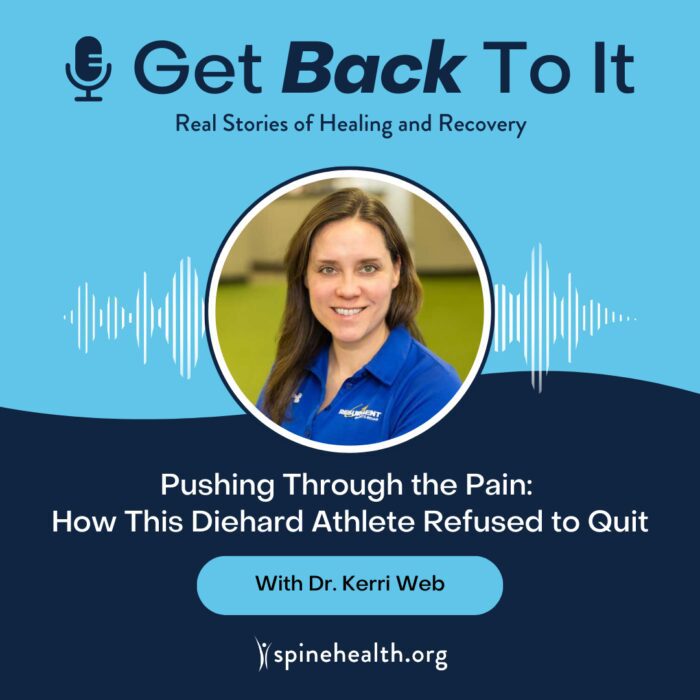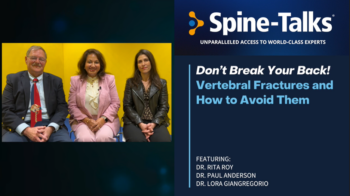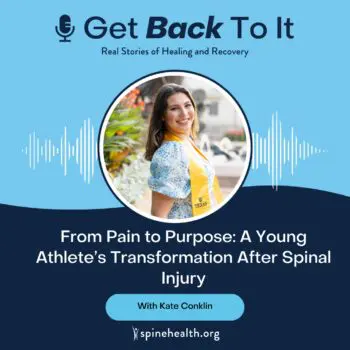Description:
In this episode of Get Back To It, we sit down with Kerri Webb, a lifelong athlete who defied all odds after sustaining a spinal injury at just eight years old. Despite being warned to stop playing sports to preserve her ability to walk, Kerri refused to quit. She pushed through years of chronic back pain, spondylolisthesis, flare-ups from Lyme disease, and sepsis from meningitis, all while continuing to compete in basketball and triathlons.
She overcame every obstacle to become not only an athlete and physical therapist, but a true inspiration for others facing spinal challenges.



